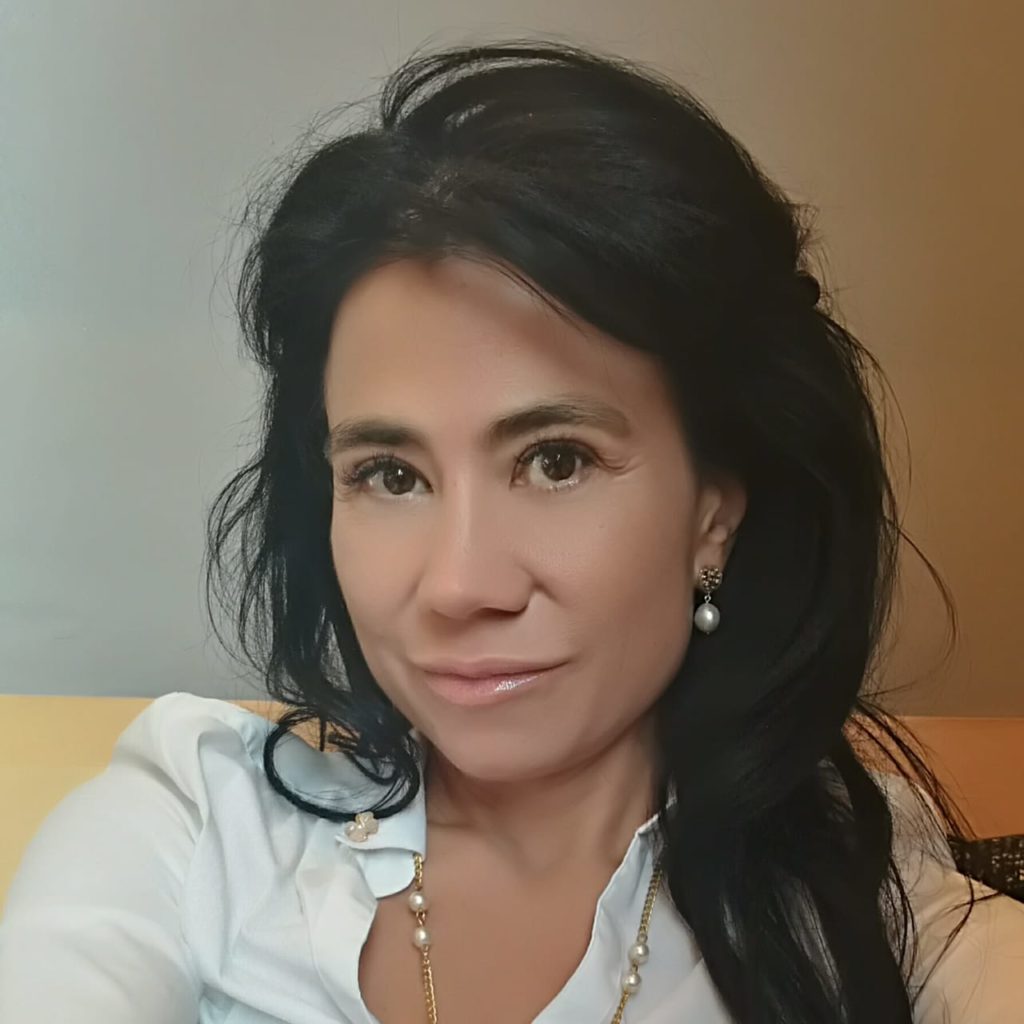ELINA TEODORESCU
Title: ORTHODONTIC DISTALIZATION BETWEEN ASPIRATION AND REALITY
Abstract:
Dento-alveolar disharmony with crowding, developed on a phylogenetic background of faster bone reduction compared to the number and teeth volume, experienced an accelerated growth after the 17th-18th centuries, directly proportional to the genetic phenotype mixing characteristic of the era. The successive alteration of environmental conditions following the industrial revolution, especially in urban areas, joins the etiological factors in exponentially accentuates the pace of dento-alveolar disharmony.
Therapeutic approaches have been developed, aimed at creating space. The use of orthodontic distalization, as a non-extraction method, by moving the molars posteriorly, havemainly addressed dental alignment in dento-alveolar incongruity with protrusion.
Kingsley (1892) achieved the distalization using the headgear. Based on the development of extraoral anchorage, Oppenheim (1944) performs the distalization of the maxillary teeth. Gould (1957) performs asymmetrical, unilateral distalization. Removable and fixed orthodontic appliances, intra and extraoral, mixed orthodontic-surgical devices are designed and continuously expanding, and the efficiency of their action is compared.
The paradigm of distalization has extremely varied conceptual and therapeutic trends. The current moment is predominantly oriented towards protocols bringing quick success and small “tricks” that sometimes elude the dynamics of a constantly evolving organism.
If the dental system constantly evolves towards the mesial, is the therapeutic result exposed to relapse? If so, in what way? Will the choice to gain space be affected over time? Are there clinical situations that require orthodontic distalization or is this approach just an alternative? We propose, on the one hand, the structuring of some anatomical and functional landmarks to support this option, as well as the description of the individual clinical context during treatment and after contention of the result.

Catedra de Ortodontie și Ortopedie Dento-Faciala, Facultatea de Medicina Dentara, UMF Carol Davila, Bucuresti
▪ Activități didactice și de cercetare
Tipul sau sectorul de activitate Învățământ
Șef de Lucrări
Catedra de Ortodontie și Ortopedie Dento-Faciala, Facultateade Medicina Dentara, UMF Carol Davila, Bucuresti
▪ Activități didactice și de cercetare
Tipul sau sectorul de activitate Învățământ
Asistent universitar
Catedra de Ortodontie și Ortopedie Dento-Faciala, Facultatea de Medicina Dentara, UMF Carol Davila, Bucuresti
▪Activități didactice și de cercetare
Tipul sau sectorul de activitate Învățământ
Preparator universitar
Catedra de Ortodontie și Ortopedie Dento-Faciala, Facultatea de Medicina Dentara, UMF Carol Davila, Bucuresti
▪Activități didactice și de cercetare
Tipul sau sectorul de activitate Învățământ
